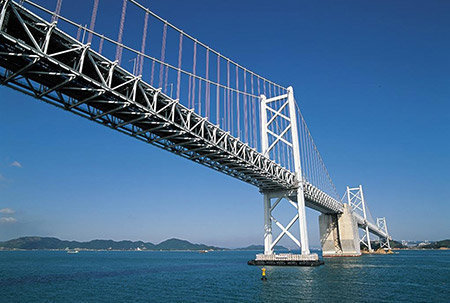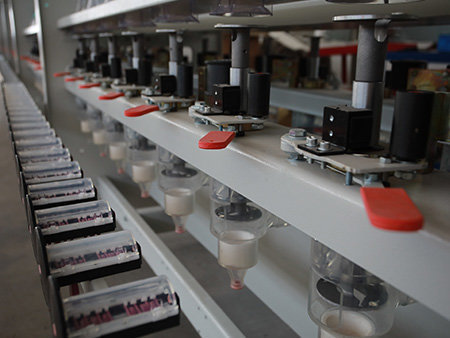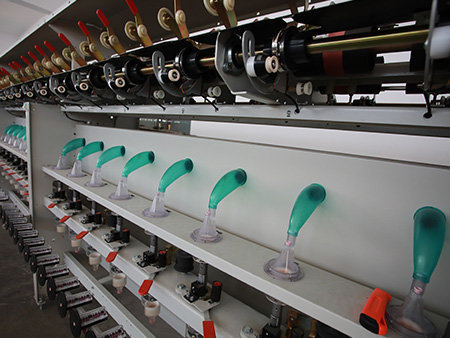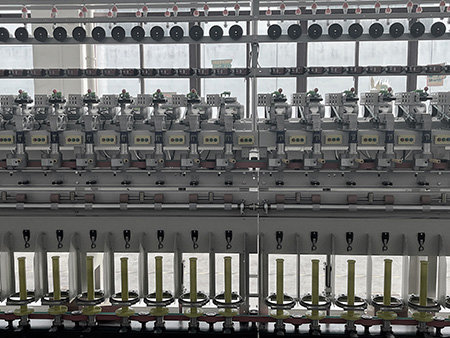
How to choose the size of stainless steel cable tray?
Release time:
2024-08-08 14:58
As a supporting project for wiring engineering, there is currently no special specification guidance, and the specification schemes of various manufacturers lack universality. Therefore, the design and selection process should be based on the type and quantity of cables in each weak current system, and the appropriate bridge should be reasonably selected.

1. Selection of types and varieties of stainless steel cable trays
1. When the cable network needs to shield electrical interference or has the requirement to protect against external influences (such as corrosive liquids, flammable dust and other environments), (FB) trough-type composite anti-corrosion shielded stainless steel cable tray (with cover) should be selected.
2. (f) Grade composite epoxy resin anti-corrosion flame retardant stainless steel cable tray should be used in strong corrosive environment. The support arm and bracket should be made of the same material to increase the service life of the cable tray and its accessories and stainless steel cable tray. Cover plates should be added in places where dust is easily accumulated in the environment or outdoors and other places that need to be covered.
3. In addition, bridge type, trough type, step type, glass anti-corrosion flame retardant bridge or steel ordinary bridge can be selected according to the site environment and technical requirements. Cover plates should be added in places where dust is easily accumulated in the environment or outdoors and other places that need to be covered.
4. In public passages or outdoor crossing sections, a base plate should be added to the bottom of the bottom step or a pallet should be used in this section. When crossing a large-span public passage, the load-bearing capacity of the bridge can be increased or a walking frame can be selected according to user requirements.
5. For large spans (>3M), a combined bridge (FB) should be selected.
6. Composite epoxy resin bridge is used outdoors (f).
2. Specifications of Stainless Steel Cable Tray
1. The width and height of the composite epoxy resin stainless steel cable tray should be selected according to the table below, and the cable filling rate shall not exceed the specified value of the relevant standards and specifications. The power cable is 40-50%, and the control cable is 50-70%. In addition, a 10-25% process development margin should be reserved.
2. The specifications of various elbows and accessories should meet the project layout conditions and match the bridge.
3. The specifications of the supports and hangers should be selected according to the bridge specifications, number of floors, span and other conditions, and should meet the load requirements.
3. Stainless steel cable tray support and hanger configuration
1. The short span of indoor support hoisting is generally 1.5-3m; the middle span of outdoor columns is generally 6m.
2. The support and hanger configuration of the nonlinear section should follow the following principles: when the bridge width is less than 300mm, the support and hanger should be set on the side of the linear section 300-600m away from the intersection of the nonlinear section and the straight line; when the bridge width is greater than 300mm, in addition to meeting the following conditions, a support hanger should be added in the middle of the nonlinear section.
3. When the pultruded FRP bridge is arranged in layers, the center distance between layers is 200250300350mm.
4. Reserve 20-30mm expansion joints every 50m on the straight section of the bridge (metal bridge).
4. Some calculation formulas for stainless steel cable trays:
Stainless steel cable trays are stamped from thin steel plates. Their bearing capacity is limited to a certain extent. The bearing capacity of stainless steel cable trays is related to the specifications of the trays and the support distance.
Corresponding to the same support distance and convex deformation, the bridge with larger side height has a larger bearing capacity, while the bridge with smaller height has a smaller bearing capacity.
In addition, under the same load-bearing capacity, for the same specifications of the bridge, the bending deformation of the bridge with a small support distance is smaller than that of the bridge with a large support distance. Stainless steel cable bridges are generally installed with a set of brackets every 1.5~2.0m.
Previous Page
Previous Page
Dye prices have skyrocketed to an unprecedented level
2022-12-07
2022-12-07
2022-12-07




